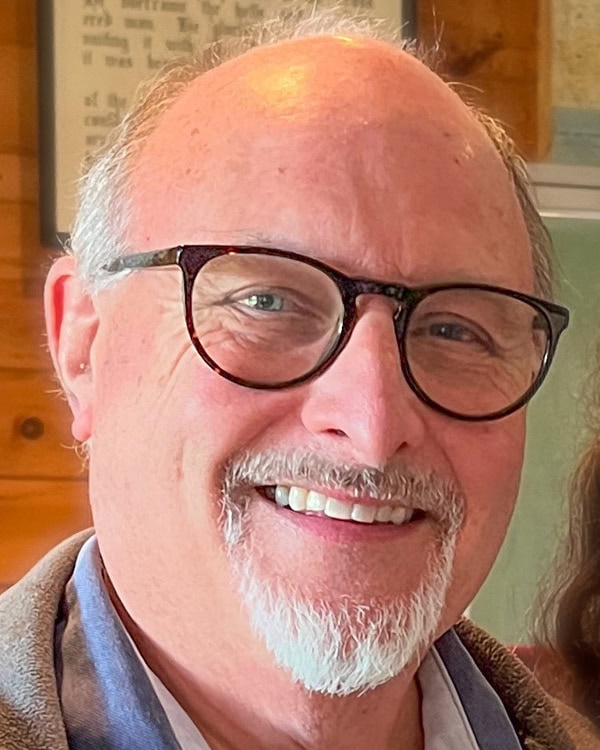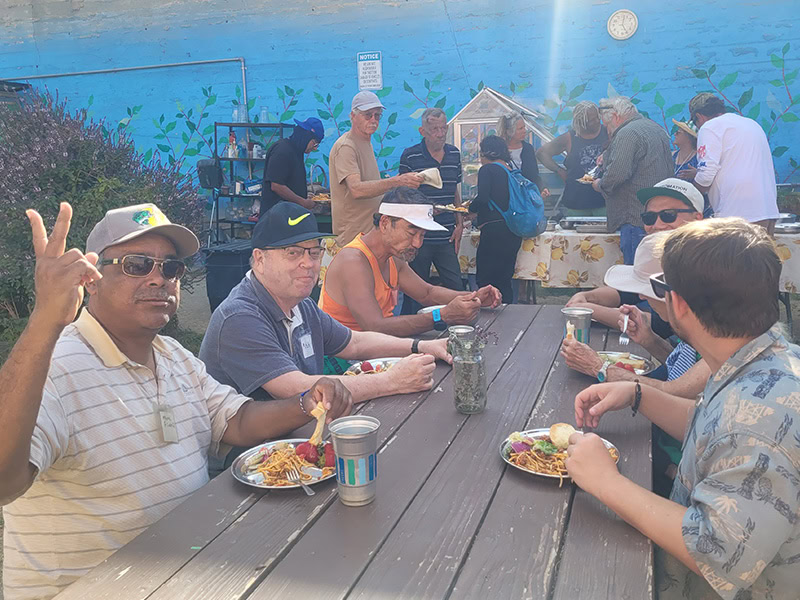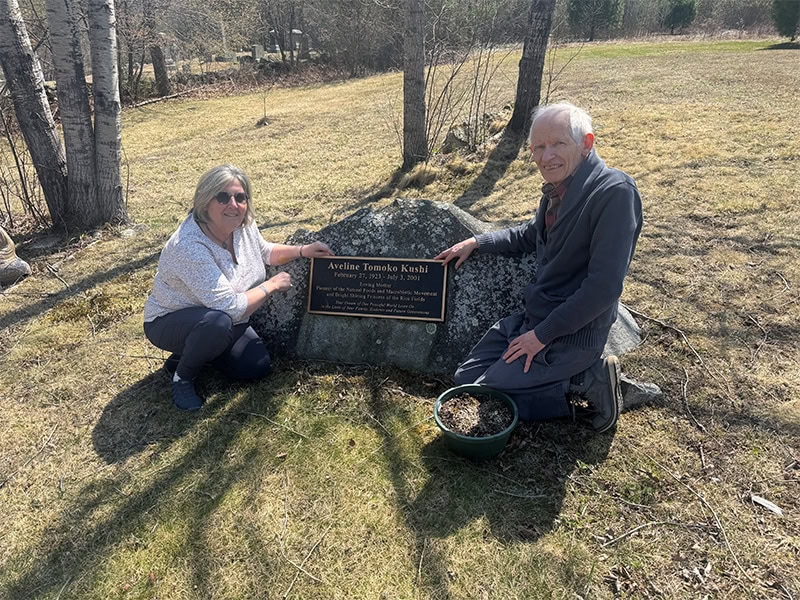A Message from the President
At our upcoming convention two proposals will be put on the floor for consideration as “Standing Resolutions” in our official denominational proclamations. These are published on our website (https://swedenborg.org/community/diversity-equity-inclusion/denominational-statements/) and in our annual Journal of the Swedenborgian Church. The Social Justice Committee (SJC) is proposing a Standing Resolution on Climate Justice, and Swedenborgians in Action Against Racism (SAAR) is proposing a Standing Resolution in Support for Indigenous People in the form of a Land Acknowledgement Statement.
When the General Council in its spring meeting discussed these two proposals for the business session agenda in East Lansing, they created the most energized conversation of the entire meeting. There is a perception by some that the denomination is becoming more political, and the general question centered on whether that is a good, bad, or indifferent trend. As a church historian, however, I know that this question has come up many times before. It tends to wax and wane in relation to the nature of social dramas and the style of thought leaders at that time. Several program structures over the life of Convention in this issue have come and gone and come again. In recent times, a new program arose in 1995 within the Education Support Unit Social that gave itself the name “Concerns Education Committee.” They offered educational programs and wrote Messenger articles. At some point in the early millennium, however, that original committee grew quiescent and disappeared from EDSU reports until 2010 when the cause was revived as the Social Concerns Committee as a stand-alone committee not under the auspices of a Support Unit. Self-governing and self-generating, that group continued to provide a place for people wishing to support a place in the church where social issues could be viewed as an important part of “doing theology” in the larger culture. Mostly, this work manifested as Messenger articles and display tables at the summer convention.
In the denominational restructuring of 2018, the name was changed to the Social Justice Committee with this description in our annual Journal: “The Social Justice Committee is an ad hoc committee created by General Council as a forum to address social concerns for the purpose of bringing information to the body of Convention through the Messenger and other vehicles, and to offer resources for ways to be involved.” In the autumn of 2020, a new ad hoc group arose, Swedenborgians in Action Against Racism (SAAR) that has been meeting regularly ever since and planning various programs to support the work stated plainly in the title of the group and which is featured on our website: https://swedenborg.org/community/diversity-equity-inclusion/swedenborgians-in-action-against-racism/
The question “Where is the line between church and politics?” is multifaceted and cannot be answered simply. It might not even be answerable in the usual way but simply provides a space for exploration, conversation, and for some, application. When researching the question of “Where were the Swedenborgian churches really on the slavery issue in ante-bellum America?” (published as a chapter in The Moment is Now: Carl Bernhard Wadström’s Revolutionary Voice on Human Trafficking and the Abolition of the African Slave Trade), I note how controversial it was to talk about slavery in church during the Civil War. Rev. William Hayden, the very first editor of The New Jerusalem Messenger, notes in a public address right after the Civil War’s first shots rang out the rarity of broaching social issues in a Swedenborgian church: “In the extraordinary character of this event [war] will be found my apology, if apology is needed, for departing, for once, from an otherwise uniform course of avoiding the discussion of such topics in the pulpit, and for a single hour regarding the subject from a moral point of view.”
We all have freedom to decide where that line is for ourselves, and it seems that that line will be in very different places for different people. For some, the intensity of social issues clouds spiritual discussions in the wrong way, for others the intensity of social issues cannot be held apart from spiritual discussions. “Where is the line between church and politics?” is a healthy question to ask for which there is no single answer.
—Rev. Dr. Jim Lawrence
Read the full issue of the June 2024 Messenger

Meet Jim Lawrence
Rev. Dr. Jim Lawrence is the president of the Swedenborgian Church of North America. He was the dean of the Center for Swedenborgian Studies for 21 years prior to being elected President in 2022.



